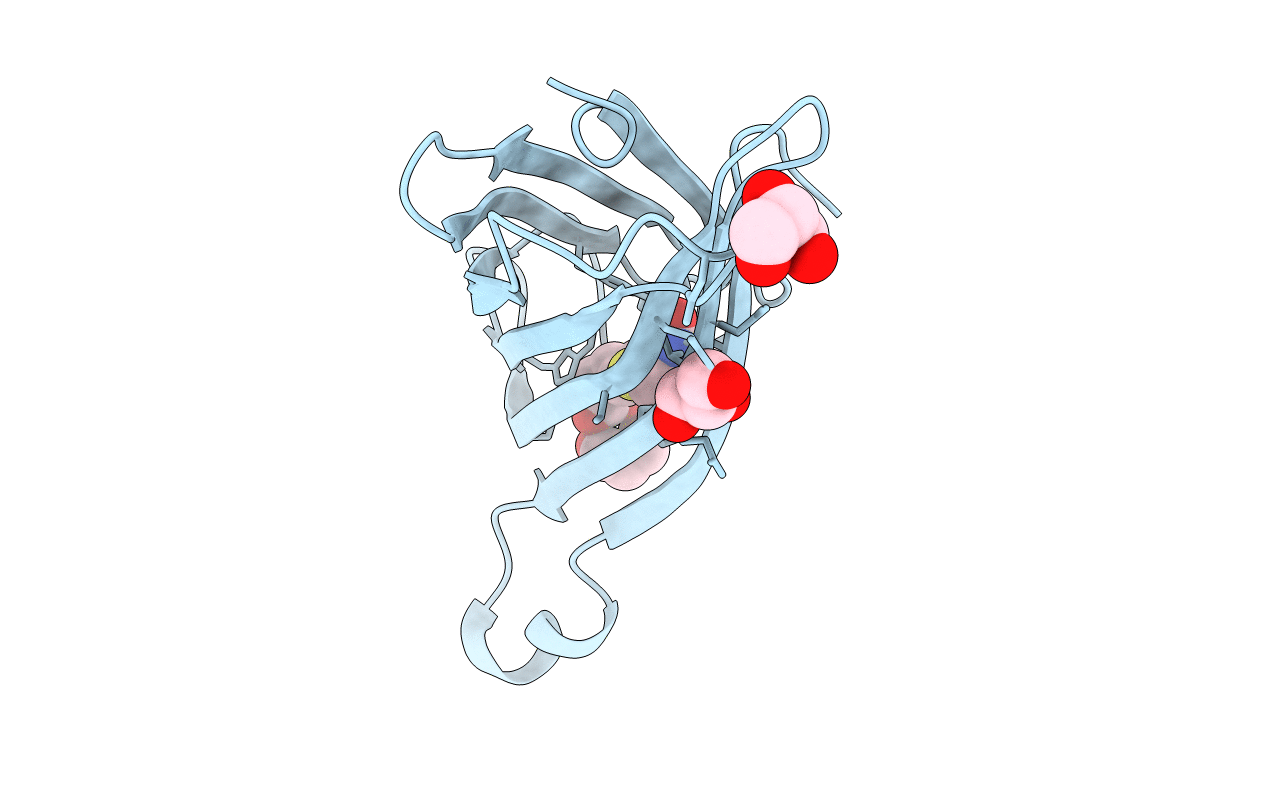
Deposition Date
2010-12-20
Release Date
2011-02-16
Last Version Date
2023-12-20
Entry Detail
Biological Source:
Source Organism:
STREPTOMYCES AVIDINII (Taxon ID: 1895)
Host Organism:
Method Details:
Experimental Method:
Resolution:
1.49 Å
R-Value Free:
0.15
R-Value Work:
0.13
R-Value Observed:
0.13
Space Group:
P 42 21 2


